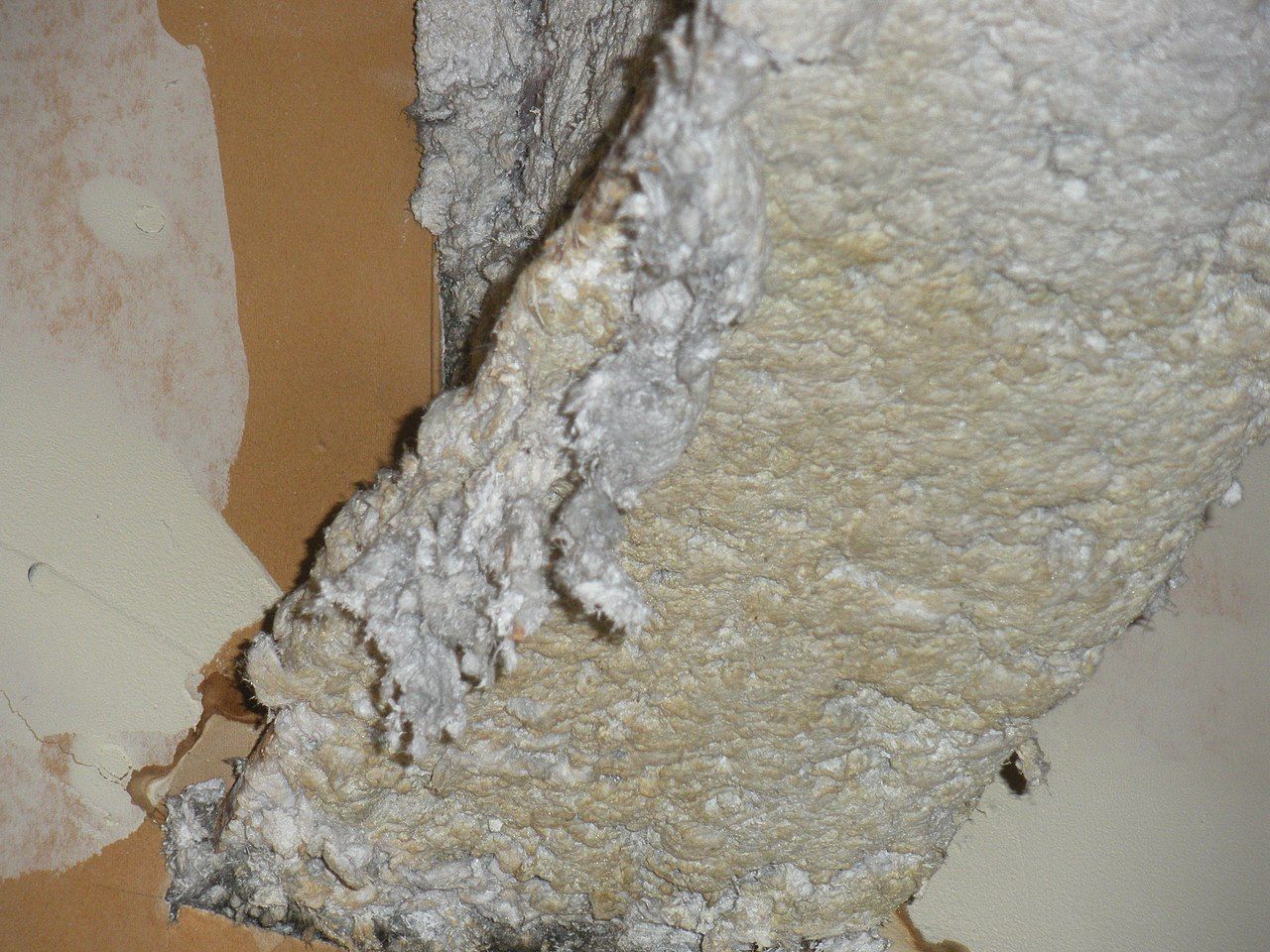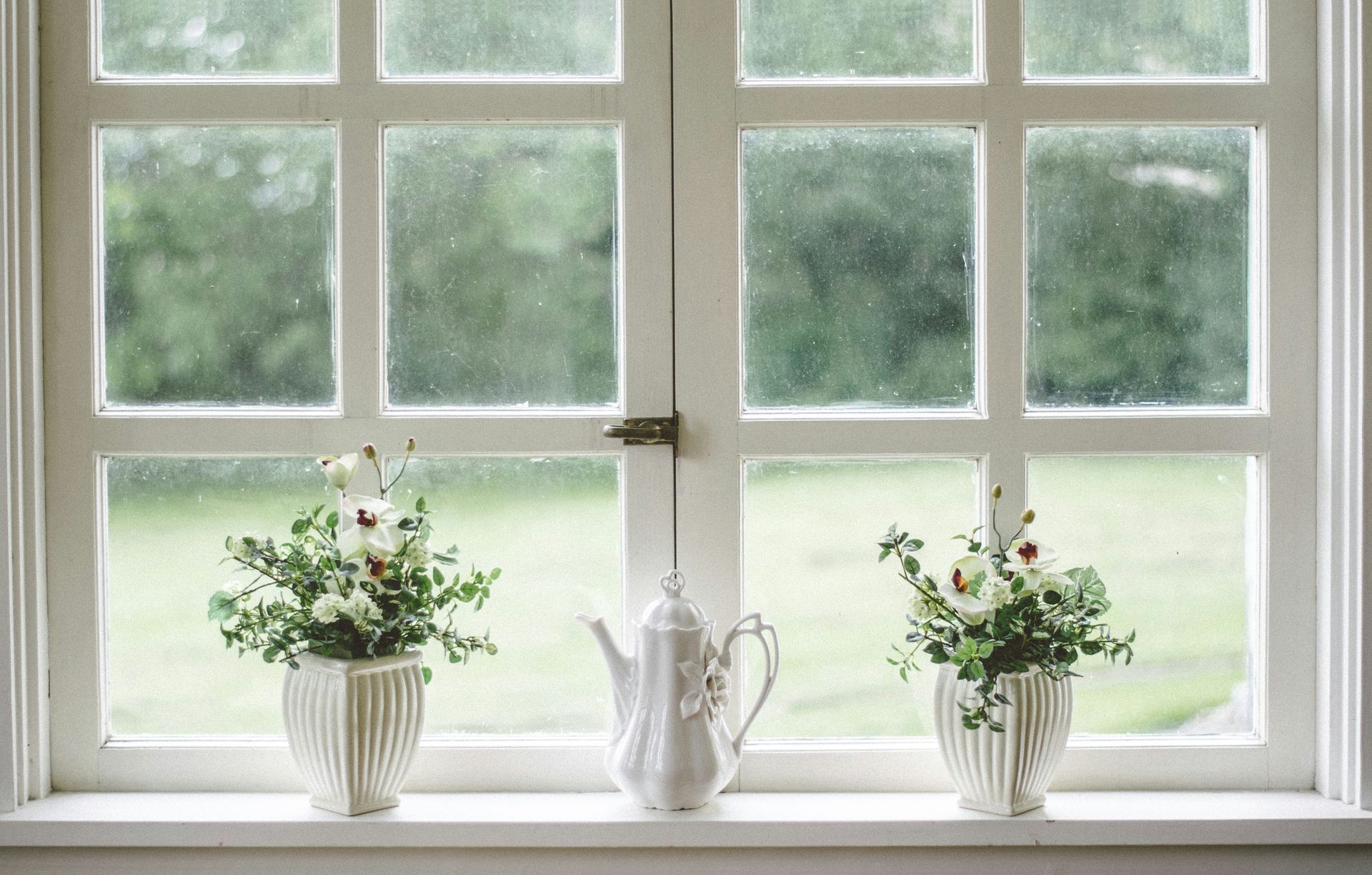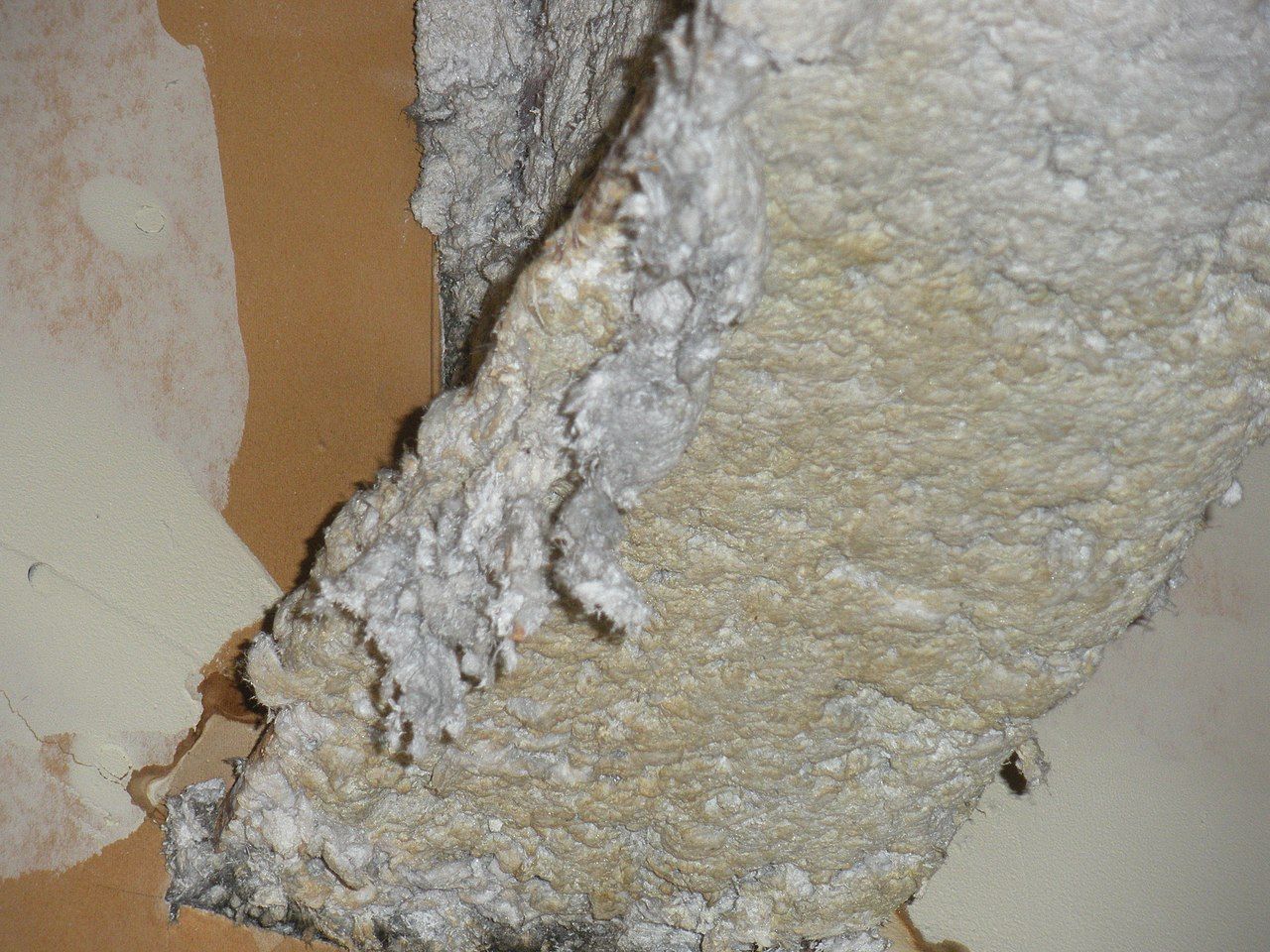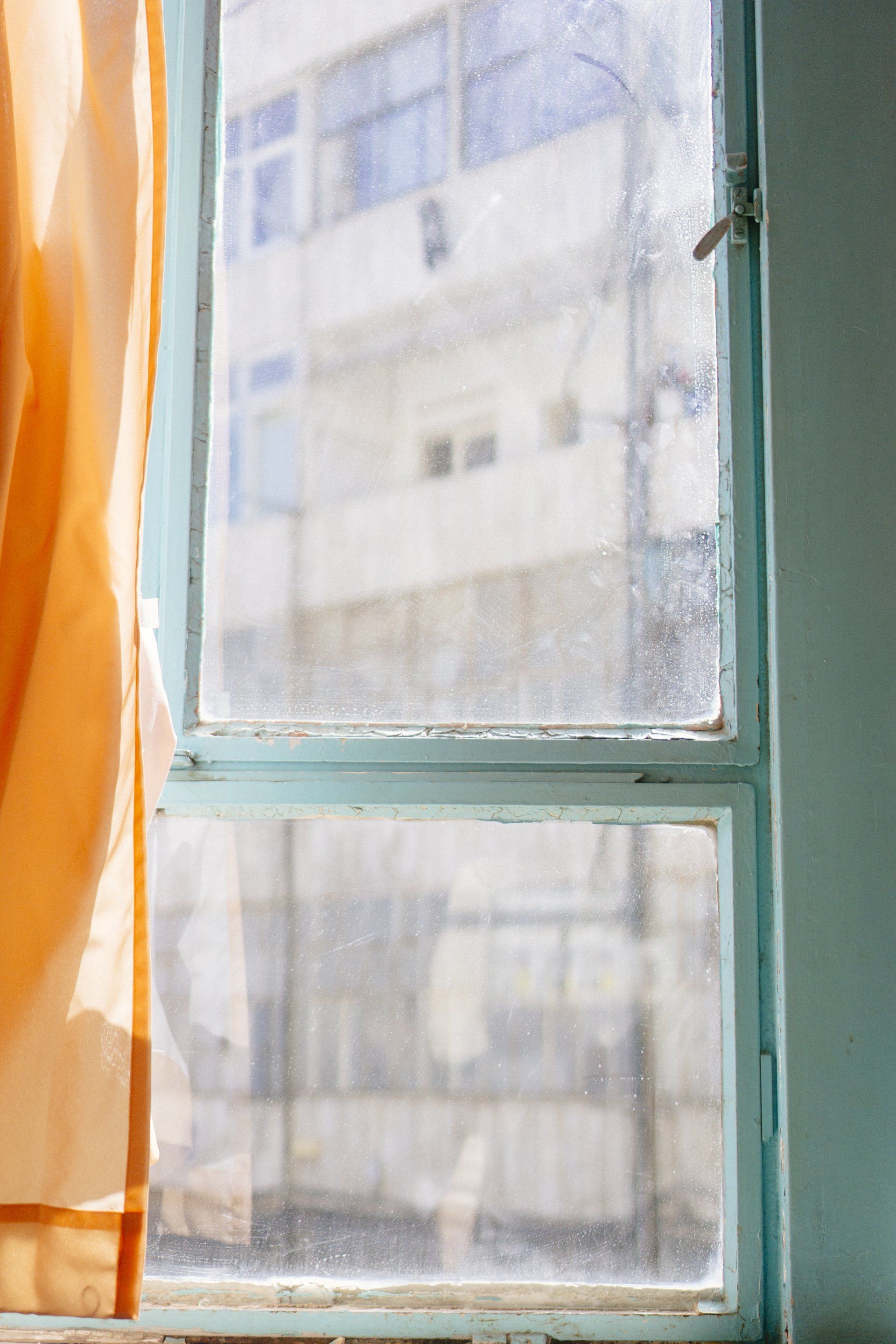Understanding the Harmful Effects of Black Spot Mould and Thermal Bridging in Homes
Black Spot Mould: The Unwanted House Guest
When it comes to maintaining a healthy living environment, two often overlooked but significant factors are black spot mould and thermal bridging. While they may seem like minor issues, they can have serious consequences for your home and the health of those who live in it.
Black spot mould, scientifically known as Stachybotrys chartarum, is a type of mould commonly found in homes with high humidity levels or water damage. It thrives in damp, poorly ventilated areas such as bathrooms, kitchens, and basements. While it may start as a small, seemingly harmless patch, black spot mould can quickly spread and become a significant problem.
One of the most concerning aspects of black spot mould is its impact on human health. Exposure to this type of mould can trigger a range of health issues, including respiratory problems, allergies, and even neurological symptoms in some cases. Children, the elderly, and individuals with weakened immune systems are particularly vulnerable.
Thermal Bridging: The Energy Thief
Thermal bridging occurs when a material with high thermal conductivity, such as metal, concrete or damp materials, provides a pathway for heat to flow through a building envelope. This can result in uneven temperatures within the home, cold spots, and increased energy consumption as heating and cooling systems work harder to maintain a comfortable indoor environment.
One of the most significant consequences of thermal bridging is reduced energy efficiency. When heat is allowed to escape through thermal bridges, homeowners may find themselves facing higher utility bills as they struggle to keep their homes warm in the winter and cool in the summer. This not only impacts their finances but also contributes to greenhouse gas emissions and environmental degradation.
Furthermore, thermal bridging can lead to condensation issues, particularly in areas where warm, moist air meets cooler surfaces. This can create an ideal environment for mould growth, exacerbating the problems associated with black spot mould.
Mitigating the Risks
While black spot mould and thermal bridging pose serious threats to homes and their occupants, there are steps that can be taken to mitigate their effects.
- Proper Ventilation: Ensuring adequate ventilation in areas prone to moisture buildup can help prevent the growth of black spot mould. Installing extractor fans, opening windows at the correct times, and using mechanical airflow systems are effective strategies.
- Moisture Control: Addressing any sources of water leaks or infiltration can help keep moisture levels in check and reduce the risk of mould growth. This includes correctly marinating the external facade of your property.
- Insulation: Proper insulation can help minimize thermal bridging by reducing heat transfer through walls, floors, and ceilings. Using insulation materials with low thermal conductivity, such as foam board or sheep wool, can be particularly effective. However, not all insulation is suitable for every element, therefore care should be taken.
- Thermal Breaks: Incorporating thermal breaks, such as insulating materials or structural elements, can help interrupt the flow of heat through thermal bridges and improve overall energy efficiency.
By addressing these issues proactively, homeowners can create healthier, more comfortable living spaces while also reducing their environmental footprint and saving on energy costs in the long run.
In conclusion, black spot mould and thermal bridging are not merely cosmetic concerns but serious threats to the health, comfort, and sustainability of homes. By understanding the underlying causes and implementing appropriate mitigation strategies, homeowners can protect their investment and create a safer, more resilient living environment for themselves and their families.










